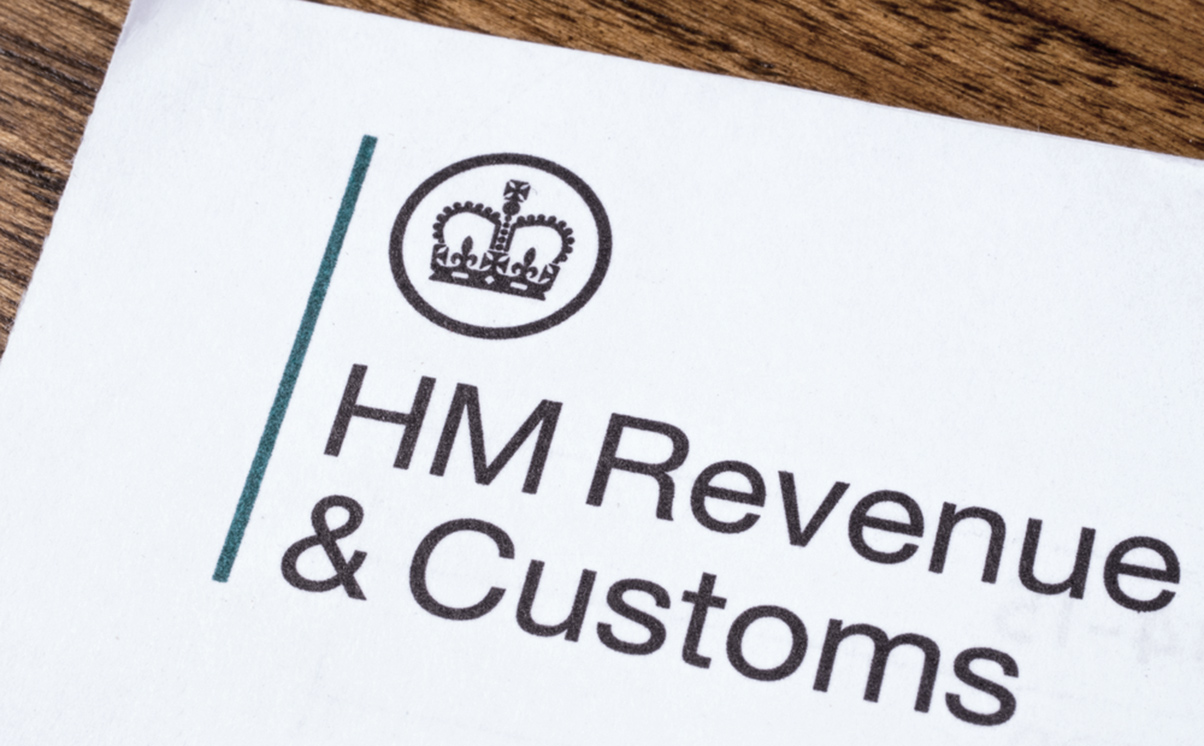Now that the review into the controversial UK loan charge has been published, what are the key messages for individual and corporate taxpayers? Sarah Stenton and Lisa Vanderheide, directors in our Tax Litigation and Investigations team, look into the detail.
The loan charge was introduced in the UK in Finance Act (No 2) 2017 and is a tax charge on outstanding disguised remuneration loans. The loan charge—as originally legislated—applied to all loans (or quasi-loans) made since April 6, 1999 which remained outstanding on April 5, 2019, treating outstanding loans as a lump sum income receipt received in 2018–19.
HM Revenue & Customs (HMRC) made no secret of the fact that the charge was designed to recoup tax on such loans where HMRC were otherwise time-barred: in other words, where HMRC had failed to act on information provided to them about loan arrangements by either opening inquiries or issuing assessments and/or determinations—both of which would have enabled HMRC to pursue the potential tax liability.
The loan charge was much derided, with accusations that it was retrospective and unfair. Nevertheless, it was the impetus for hundreds of taxpayers (including both corporate entities and individuals) potentially impacted by the loan charge to engage with HMRC with a view to agreeing a settlement of tax, national insurance contributions (NIC) and interest ahead of the charge coming in.
HMRC anticipated 85% of the tax collected by the loan charge to come from large corporates, with the remaining 15% coming from smaller contractors (predominantly IT contractors). However, it is the smaller contractors who have been hit the hardest, as concern grew as to how this punitive new tax charge would be paid. There have been seven reported suicides within the contractor community. Contractors and their advisers were particularly vociferous in their criticism of the loan charge.
The Review
On September 4, 2019 Boris Johnson commissioned Sir Amyas Morse (former Comptroller and Auditor General of the National Audit Office) to lead an Independent Loan Charge Review (the Review). Sir Amyas was asked to consider whether “the loan charge is an appropriate response to the tax avoidance behaviour in question. ”The results of that Review, delayed until after the general election, were published just before Christmas 2019.
At face value the Review was intended to look at the implementation and “fairness” of the loan charge; however, it is clear from reading Sir Amyas’s recommendations that the Review goes much further. The recommendations put forward by Sir Amyas not only consider the impact of the loan charge, but also the way in which HMRC has previously conducted itself in relation to settlements generally.
Key Recommendations
The key recommendations put forward by Sir Amyas (which the U.K. government will legislate to implement in the forthcoming Budget on March 11, 2020) are:
- The loan charge will not apply to loans made before December 9, 2010, in any circumstances.
- The loan charge may also not apply to loans made after December 9, 2010 in certain circumstances. These circumstances are essentially where HMRC failed to act on information that was fully disclosed to them about the loans; so either HMRC failed to open an inquiry or issue protective assessments/determinations.
- Individual taxpayers can spread their outstanding loan balance at April 5, 2019 (subject to the above changes) over three tax years.
- Those individuals who have not yet filed tax returns for 2018–19 can—if required—delay filing the return to September 30, 2020 without incurring a late filing penalty.
- Taxpayers that have already settled with HMRC and paid tax on a voluntary restitution basis (i.e. paid tax and NIC for years where HMRC could not otherwise collect the tax because it did not have an open inquiry or protective assessments/determinations), will receive a refund of the voluntary restitution element of the settlement.
The number of taxpayers who will ultimately benefit from these recommendations at face value may be limited as it is apparent that—apart from attempting to alleviate some of the financial burden for contractors by spreading the loan balance over three years (and allowing a lengthy period to pay the tax)—the number of taxpayers who fall within the above criteria is limited. The final point above is interesting in its apparent generosity (amending settlements to remove years where HMRC should never have collected the tax); however, we suspect that there will be very few taxpayers who fall within this criterion.
Possibility of Reducing Tax Settlements
On close inspection however, the opportunities for reducing historic tax settlements may be wider. Many taxpayers (corporates and individual contractors) settled with HMRC, even when HMRC had a weak technical argument, simply because they knew the loan charge was coming in anyway. The Review therefore opens the door to some interesting technical arguments, discussed below.
Discovery
This is, broadly, where HMRC claim to have “discovered” a tax liability (e.g. a tax liability on a loan) for a previous tax year. To claim a “discovery” HMRC must be able to demonstrate that the taxpayer had not made a “full disclosure.” Whether or not a taxpayer has made a “full disclosure” and therefore whether HMRC have a valid “discovery” is subjective and is an arguable point frequently taken through the tax courts. We believe that many taxpayers could have argued this point, but decided not to on the basis that the loan charge would have collected the tax anyway.
HMRC’s view on “full disclosure”
HMRC intend to provide further guidance on the definition of full disclosure alongside the draft loan charge legislation in early 2020. It should be remembered that this will only be HMRC’s view and they cannot move the goalposts to suit their purposes on the loan charge, on what is and is not full disclosure per legislation and numerous earlier tax cases.
It is possible that HMRC may resist reopening old settlements to allow taxpayers the opportunity to advance technical arguments (e.g. “Discovery,” above). In these circumstances both tax and legal advice will be required. It is likely that the only way to revisit these technical arguments is by way of a judicial review.
Overall the Review will please some and exasperate others, but close attention should be given to what opportunities there are available to reduce the tax burden.
This article first appeared in Bloomberg Tax, published 14 January 2020, original can be found here.
You can find further information regarding our expertise, experience and team on our Tax Litigation and Investigations pages.
If you require assistance from our team, please contact us or request a call back from one of our lawyers by submitting this form.
Subscribe – In order to receive our news straight to your inbox, subscribe here. Our newsletters are sent no more than once a month.





